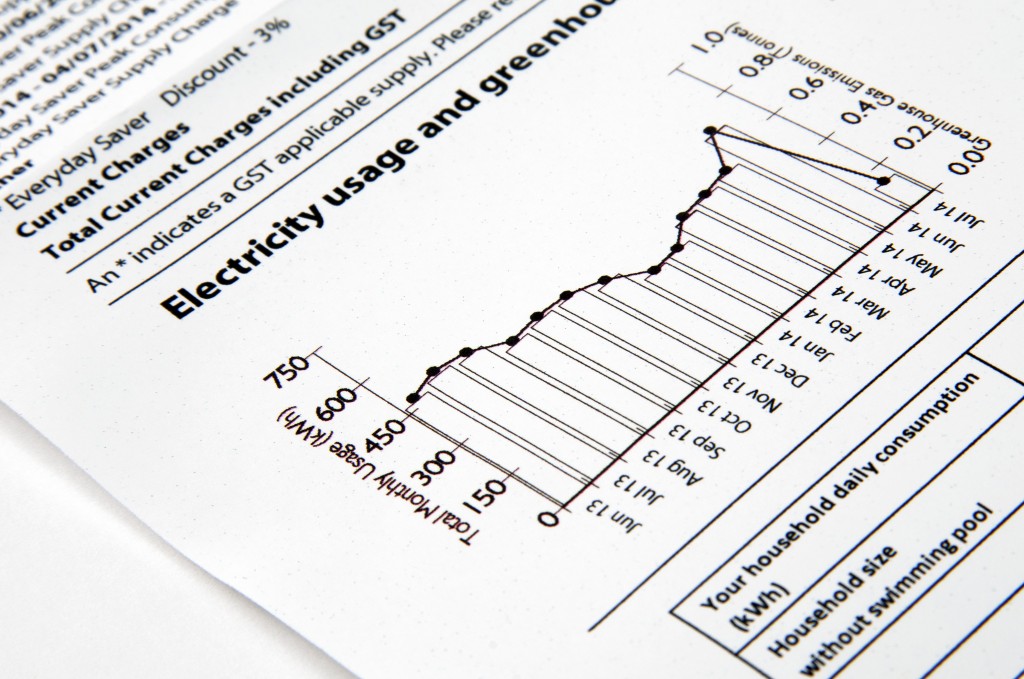It’s not only expensive to own or rent a home, but it’s also costly to maintain one. Data from a home services provider site shows that the average maintenance spend per year is $16,000. It can even be as high as $18,000 depending on where you live. Here are a few ways to try so you don’t have to break the bank:
1. Be Practical
While it’s nice to have natural lawns, they’re also pricey and difficult to maintain. Install artificial turf instead so you can achieve the same look minus the hassle. It doesn’t attract bugs, so you won’t need to use toxic pesticides. You don’t need to water, mow, or apply fertilizer. You won’t only save money, but you’ll also save a lot of time.
If you have a home garden, you can enjoy savings by choosing the right type of plants. Select perennials like hydrangeas and sage over short-lived flowers. They last longer so you don’t have to change and tend them often. You can also try composting to save money because you won’t need to buy fertilizer. It’s also a way to help the environment because it can reduce methane emissions.
2. Make a Checklist

Maintenance and repair costs can be high because the problem was ignored for too long. The damage may have worsened which leads to higher repair costs or even replacement. What you can do to avoid costly problems is to make a checklist for every season. For example, before the start of winter, you should have already sealed up drafts and insulated your pipes. This can reduce your energy bill by 20% and prevent expensive repairs. Before the rainy season, your gutters should already be clean and there shouldn’t be leaks in your basement. It’s not only expensive to have it restored, but it also takes up time. Plus, basements that have been flooded because of the weather are not covered by homeowner’s insurance.
A checklist is a good way to remind yourself to inspect and prepare your entire home for all kinds of weather.
3. Do It Yourself
Because of the rise of YouTube, you can probably find a tutorial video for anything under the sun. Whether you need to assemble a kitchen cabinet or to install flooring, there’s a video for it. You just need to buy the materials from the nearest hardware store, and you’re all set. You can paint your walls, repair your faucet, and install wallpaper all by yourself.
But before you start doing home projects by yourself, make sure that you can finish the entire thing. Consider if you need another person’s help. You should also check how much it will cost if you need to hire a professional to fix it. The best thing to do is to start small before moving on to more ambitious projects.
You can save a lot of time and money by thinking ahead. Whenever you add upgrades to your house, consider the maintenance costs. Go for practical over aesthetics, make a plan, and learn handyman skills.

